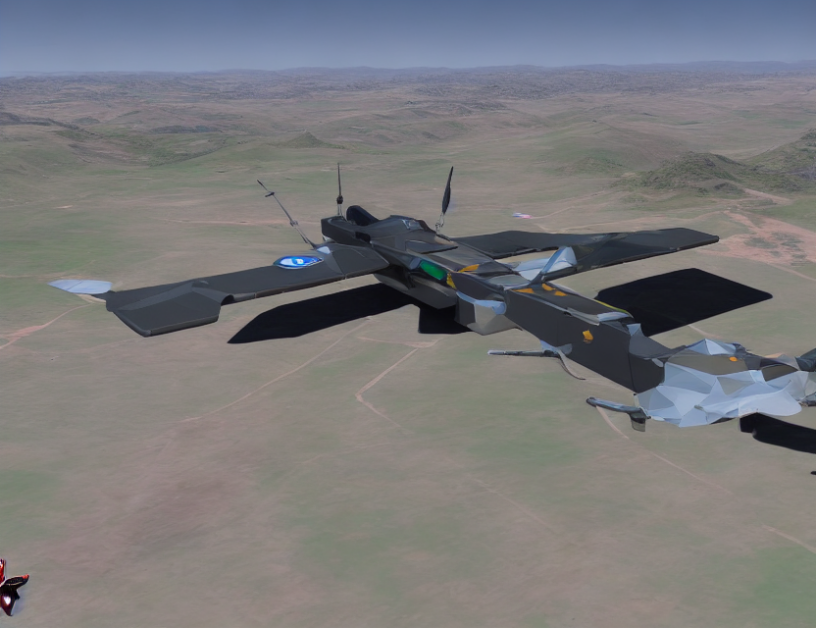In this article, we explore the design methodology for creating a micro-unmanned aerial vehicle (UAV) tailored for specific payload applications. The proposed approach prioritizes customization to achieve optimal performance by leveraging advanced materials like carbon fiber-balsa sandwich composite structures. This allows for an optimal strength-to-weight ratio, setting the UAV apart from commercial drones.
To begin, we established a comprehensive set of requirements and specifications before designing the UAV. This involved identifying the payload capacity, dimensions, propulsion type, and other constraints. We then employed various design methodologies to ensure that each component and subsystem met these constraints while also achieving optimal performance.
One of the key innovative elements of this design is the integration of a payload-dropping mechanism and a unibody arm fixture. These features enable the UAV to carry and release payloads with precision, making it suitable for various applications such as search and rescue, aerial photography, and environmental monitoring.
To validate the design methodology, we constructed a prototype based on the conceptual design and rigorously tested it through multiple flight tests. This approach allowed us to assess the UAV’s performance in real-world scenarios while fine-tuning its design for optimal results.
In summary, this article presents a comprehensive methodology for designing micro-UAVs tailored for payload applications. By leveraging advanced materials and prioritizing customization, we can achieve optimal performance and versatility, making these UAVs suitable for various industries.
Unlocking UAV Potential: YOLOv5 Implementation and Autonomous Mission Development



